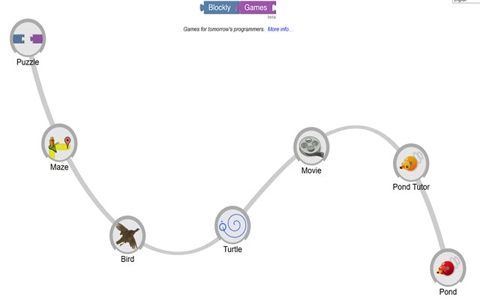Blockly Games
Blockly Games is a series of interactive and challenging games designed to develop student skills in a range of computer programming techniques and algorithm-based solutions. Students solve problems from simple puzzles to more complex challenges involving loops, conditions, blocks and text-based languages. Students can select from several games, most of which contain ten levels, and some contain supportive information describing the use of functions, logic, loops and variables.
Additional details
| Year band(s) | 3-4, 5-6 |
|---|---|
| Format | Interactive |
| Australian Curriculum Digital Technologies code(s) |
AC9TDI4P01
Define problems with given design criteria and by co-creating user stories
AC9TDI4P02
Follow and describe algorithms involving sequencing, comparison operators (branching) and iteration
AC9TDI6P02
Design algorithms involving multiple alternatives (branching) and iteration
AC9TDI6P05
Implement algorithms as visual programs involving control structures, variables and input |
| Keywords | Computational Thinking, Algorithms, JavaScript, Decision making, Conditional statements, Coding, Problem solving, Web-based application |
| Organisation | |
| Copyright | Google Inc. Free-for-education material. |
Related resources
-
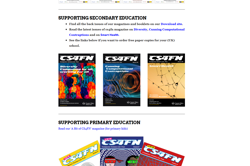
Teaching London Computing
Find activities for learning about Computer Science in fun ways on this site based on our underpinning Computer Science Education research.
-
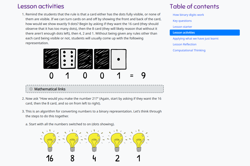
CS Unplugged: Binary numbers
Learn about binary numbers using Count the dots, and other downloadable offline activities.
-
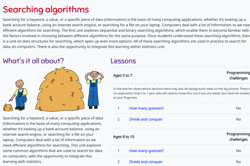
CS Unplugged: Searching Algorithms
Learn about Searching Algorithms using Battleships a downloadable offline activity.
-
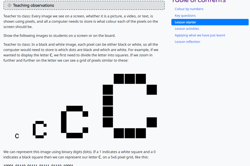
CS Unplugged: Image Representation - Colour by Numbers
Use these activities with your students to explore how computers store and transmit data to create a black and white image.
-
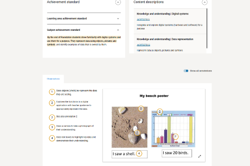
Work Samples
This site provides access to annotated work samples in accordance with the Australian curriculum for years F-10.
-
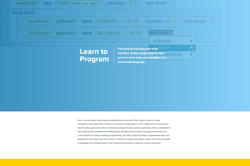
Alice
Alice is a FREE 3D programming environment that makes it easy to create an animation for storytelling, playing an interactive game, or a video to share on the web.
-

The Office of the eSafety Commissioner: Parent resources
Online safety resources for parents and carers.
-

The new work standard
This FYA report, The New Work Mindset identifies seven new job clusters to help young people navigate the new work order.
